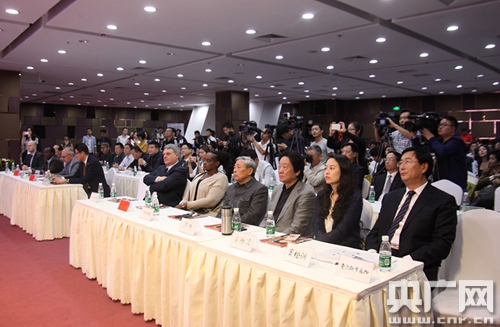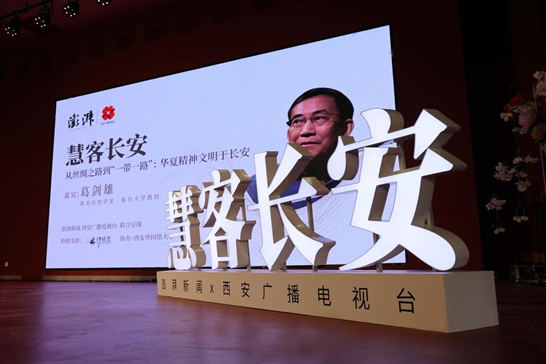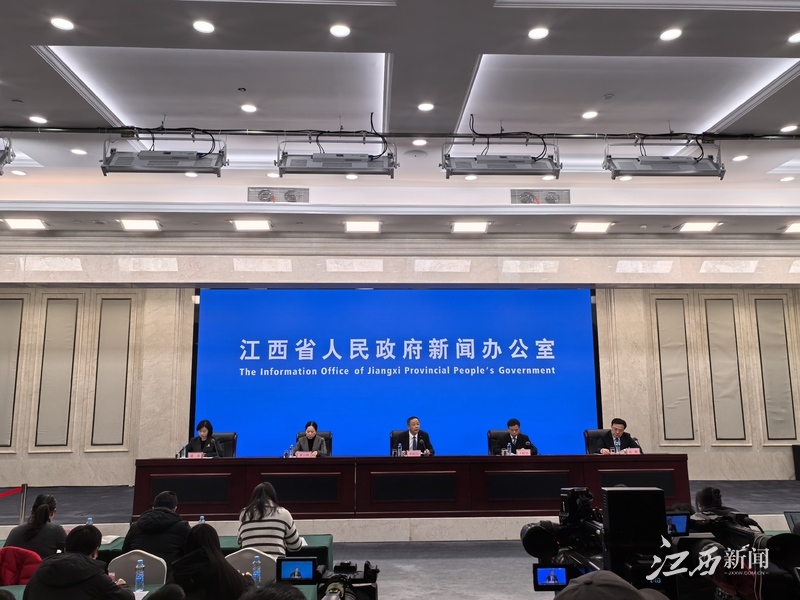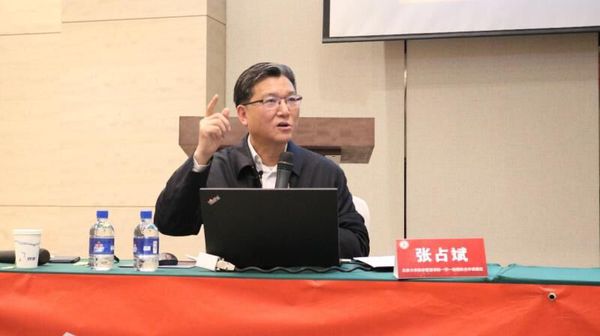The Road To Friendship, Prosperity, And Ecology—The Eight-Year Win-Winning Answer To Kenya’s Mombasa Railway
The Road To Friendship, Prosperity, And Ecology—The Eight-Year Win-Winning Answer To Kenya’s Mombasa Railway
Xinhua News Agency, Nairobi, June 11th. Friendship, prosperity, and ecological road - the eight-year win-win answer to Kenya's Mombasa Railway Xinhua News Agency reporter Yan Yujing "I am very lucky that China helped me realize my dream and change my destiny."
Xinhua News Agency, Nairobi, June 11th. The Road to Friendship, Prosperity, and Ecology - The Eight-Year Win-Winning Answer to Kenya's Mombasa Railway
Xinhua News Agency reporter Yan Yujing
"I am very lucky that China helped me realize my dream and change my destiny." On the eve of the eighth anniversary of the safety operation of standard rail in Kenya, the reporter interviewed Kencilia Overe, a female motorcycle driver born in a western suburb of Kenya. Overe said that in 2016, she received funding from Chinese companies to study locomotive engineering, and "the childhood dream finally became a reality." Today, she has become Kenya's first female locomotive driver, rushing to her dreams on the tracks from Mombasa to Nairobi.
Kenya's standard rail railway, including the first phase of the Mombasa Railway and Neymar Railway, is the largest infrastructure construction project since Kenya's independence, with a total length of 592 kilometers. Among them, the Mombasa Railway, which starts from Kenya's port city Mombasa in the east and ends at the capital Nairobi in the west, is 472 kilometers long and will be put into operation on May 31, 2017; the first phase of the Neymar Railway extends from Nairobi to the northwest to Susuva Station, is 120 kilometers long and will be put into operation on October 16, 2019. All the projects adopt Chinese standards, Chinese equipment, Chinese technology, and Chinese management, opening up a new model of overseas cooperation for the entire railway industry chain of China.
According to statistics, since its construction and operation, the Mombasa-Nairobi Railway has created more than 74,000 jobs for Kenya, with an employee territorialization rate of more than 90%, and has trained more than 2,800 high-quality railway professional and technical and management talents. Kenya Railways Director Philip Mayinga said he was happy to see some of Kenya's railway officials speak fluent Chinese.
As a key project for China-Korean cooperation in jointly building the "Belt and Road" cooperation, the Mombasa-Nairobi Railway is Kenya's "flagship project" to realize the national development vision in 2030. "Promoting the development of transportation infrastructure is one of the key strategies for the government to revitalize the economy, and the Mombasa-Nairobi Railway is the leader," said Mainga.
Today, the Mombasa-Nairobi Railway has become synonymous with "convenience and speed" in the hearts of local people. "The opening and operation of the Mombasa-Nairobi passenger train has completely changed the efficiency of freight transportation and passenger travel experience, shortening the journey that originally took more than ten hours to a few hours." Mainga said that it only takes 8 hours to transport goods from Mombasa to Nairobi, and about 5 hours to travel between passengers.
The railway network of Mombasa-Nairobi Railway is rapidly transforming Kenya into a regional transportation hub. According to the "Environmental, Social and Governance Report 2024-2025" (hereinafter referred to as the "Report") issued by Africa Star Railway Operations Co., Ltd. (hereinafter referred to as the "Report") under China Road and Bridge Engineering Co., Ltd., which operates and maintains Kenya's standard railroads, the cycle of transporting goods from Kampala, the capital of Uganda to the port of Mombasa, Kenya, has been reduced from the past 21 days to several days, significantly reducing the loss rate of fresh goods and enhancing international competitiveness. Officials from the Kenyan Ministry of Transport once said that the Mombasa-Nairobi Railway refrigerated transportation network will extend to more agricultural production areas in the future, and plans to connect with the national cold chain systems of East African Community such as Uganda and Rwanda to promote the process of regional integration.
The report shows that as of May 31, 2025, the Mombasa-Nairobi Railway has sent a total of 15.342 million passengers, a total of 40.396 million tons of cargo, and has undertaken more than 30% of the cargo distribution task of Mombasa Port, and has operated safely for 2,923 days. The contribution rate of the Mombasa-Nairobi Railway to Kenya's national GDP exceeded 2%, driving the industrial output value of the regions along the route to increase by 15%. In January this year, the freight volume of Mombasa-Naibo Railway exceeded 678,000 tons, setting a record for the highest monthly freight volume since its opening and operation.
"We will continue to deepen cooperation with Kenya in the fields of railway technology, operation and management, and take the high-quality development of the Belt and Road Initiative as an opportunity to jointly create a model of connectivity that benefits the African continent." Mo Kun, general manager of "Africa Star", said.
Kenya is known as the "holy land of great animal migration". During the construction and operation of the Mombasa-Nairobi Railway, it has always practiced environmental protection concepts with strict standards to minimize the project's interference with Kenyan wildlife habitats. 79 bridges, 572 culverts and 900 kilometers of protective fences were built across the line. 14 animal channels were carefully set up along the line, and some channels were 7 meters high, which facilitated the free passage of large animals such as giraffes, creating a safe passage for all kinds of animals.
In addition, since its opening, the Mombasa-Nairobi Railway has achieved a total carbon emission reduction of more than 800,000 metric tons. Nowadays, the Mombasa-Naibo Railway shows a beautiful scene of harmonious coexistence between man and nature: the train is galloping by, the giraffes are leisurely outside the window, and the zebras are free to shuttle...
As former Kenyan President Uhuru Kenyatta said, “The Mombasa Railway not only writes history, but also a future where humans live in harmony with nature.”





